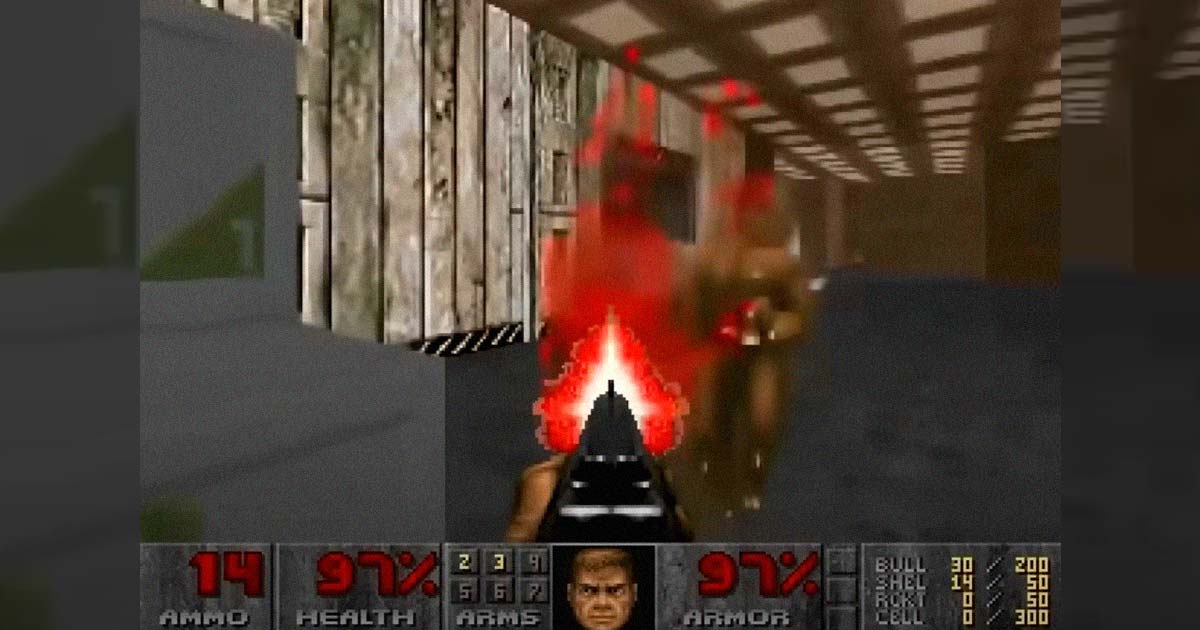Google and Tel Aviv University Unveil Game-Changing AI Engine Simulating DOOM in Real-Time
August 28, 2024
Despite its impressive capabilities, GameNGen functions more like a neural radiance field and currently cannot generate new scenes or levels independently.
Looking ahead, future game development may increasingly rely on textual descriptions or example images for game creation, although concerns about originality and ethics remain.
GameNGen, developed by researchers from Google Research and Tel Aviv University, is a groundbreaking neural model-based game engine capable of simulating the classic game DOOM in real-time at over 20 frames per second.
The project, detailed in a recently published paper titled 'Diffusion models are real-time game engines', showcases the use of reinforcement and diffusion models to create these real-time game simulations.
While GameNGen is not yet a fully playable game, it represents significant progress in AI-generated game development, suggesting a future where games could be created from textual and visual prompts.
However, the technology is not without its flaws; common visual artifacts such as blurry objects and fluctuating health meters highlight the limitations of the current AI capabilities.
Despite its innovative design, GameNGen faces challenges like 'auto-regressive drift', which can degrade gameplay quality over time, making it impractical for commercial use at this stage.
The AI's ability to simulate interactive environments in real-time could lead to more immersive gameplay and lifelike non-player character (NPC) behaviors.
The reinforcement learning approach used in GameNGen means that not all game areas and interactions are explored, resulting in potential inaccuracies in gameplay.
A recent investigation revealed that over 60% of game developers are now incorporating AI into their processes, signaling a significant shift in the industry.
The technology suggests a potential shift from traditional programming to neural models in game development, which could reduce costs and enhance accessibility for smaller studios and individual creators.
To enhance visual coherence, the team employed a connected neural network that corrects context frames based on extended sequences of user inputs and previous frames.
Summary based on 18 sources
Get a daily email with more Startups stories
Sources

arXiv.org • Aug 27, 2024
Diffusion Models Are Real-Time Game Engines
VentureBeat • Aug 28, 2024
Google’s GameNGen: AI breaks new ground by simulating Doom without a game engine
Ars Technica • Aug 28, 2024
New AI model can hallucinate a game of 1993’s Doom in real time
PCMag • Aug 28, 2024
This AI Model Can Simulate the PC Game Doom in Real-Time